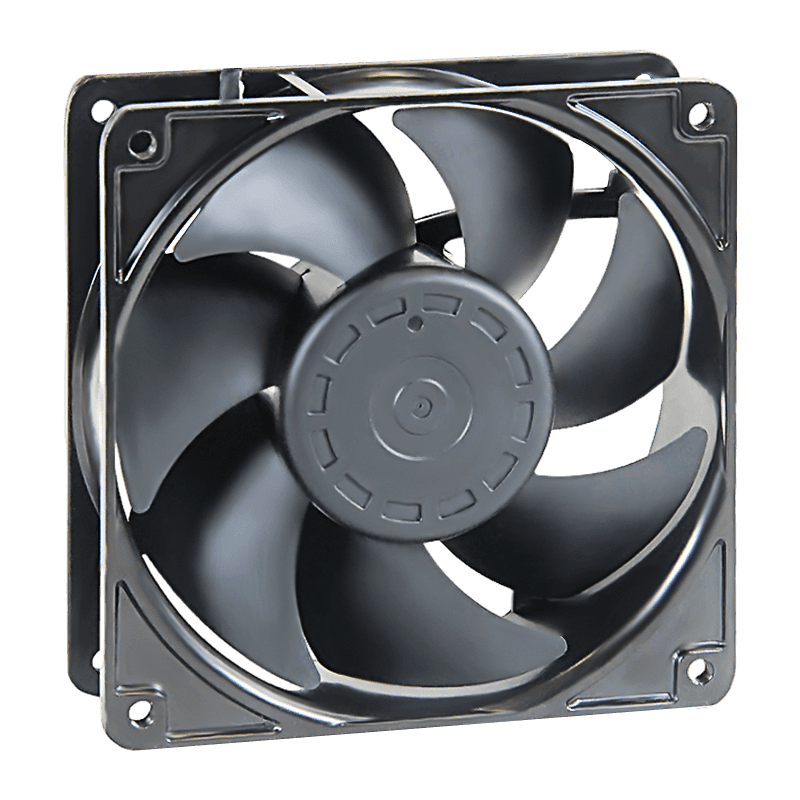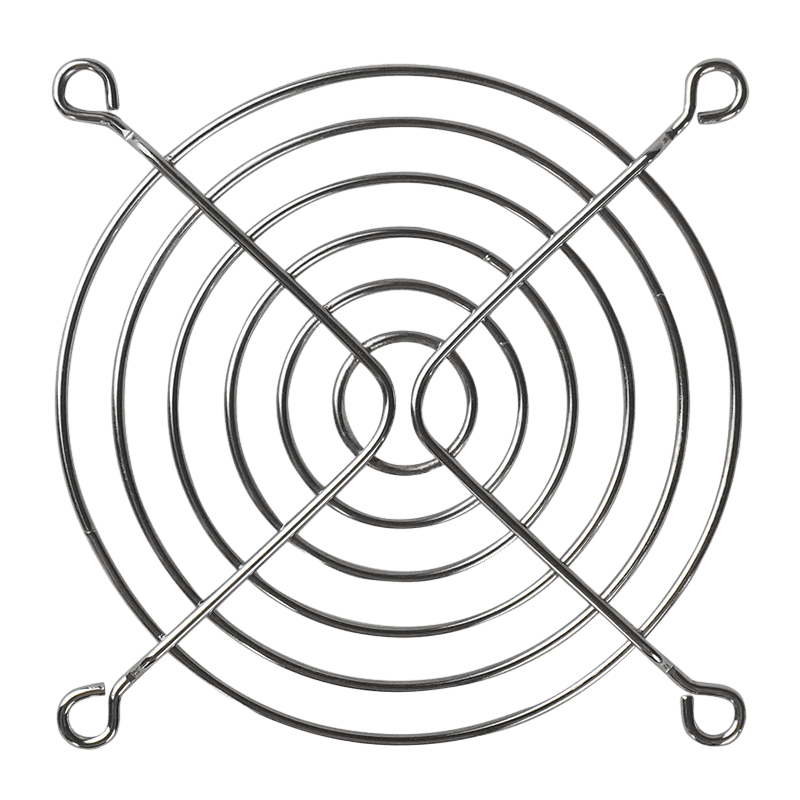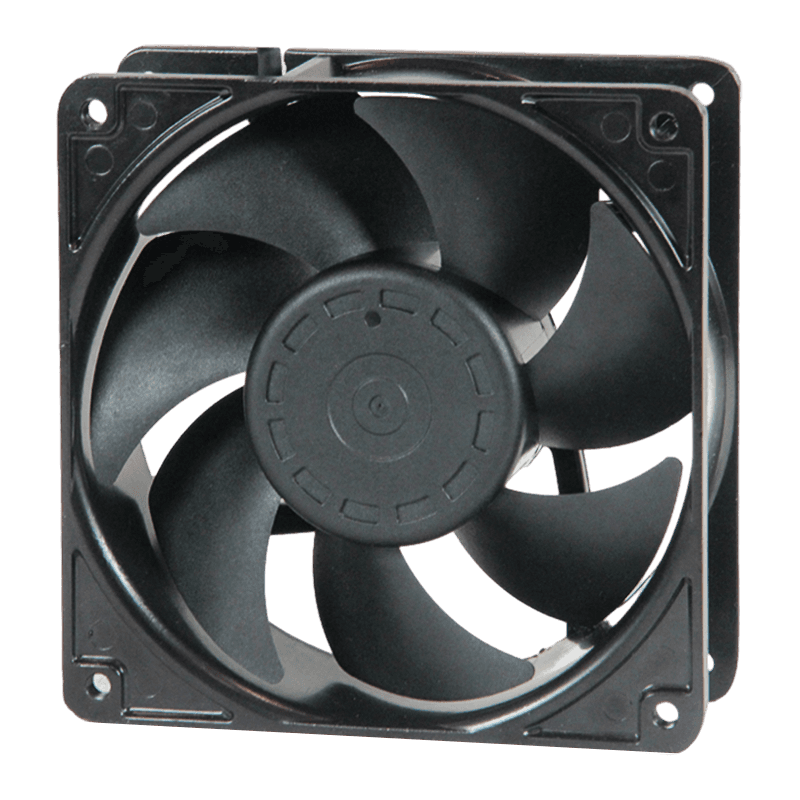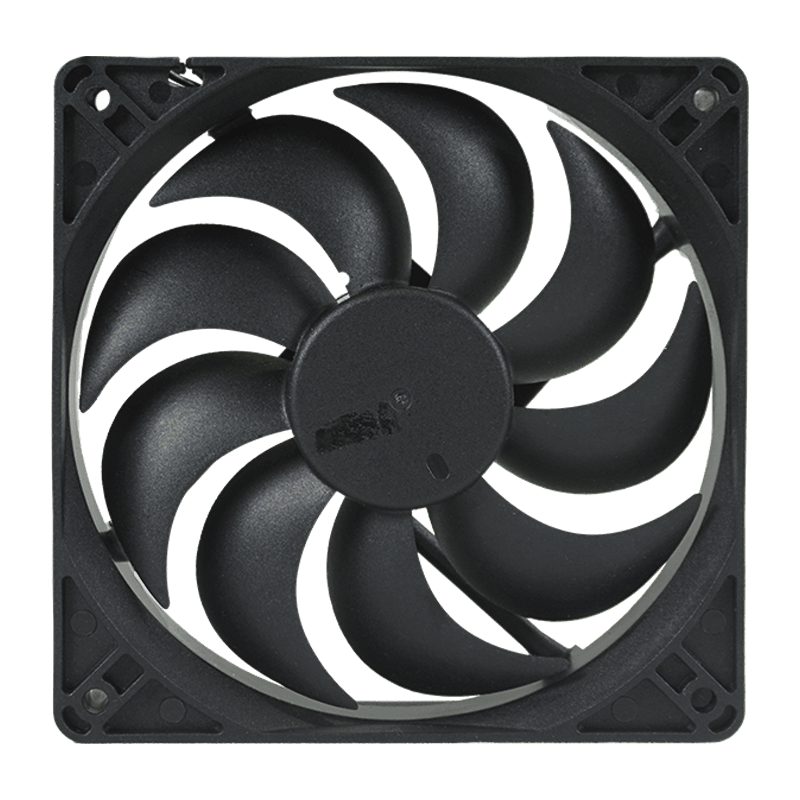When considering a DC cooler fan for any application, it's important to understand the essential dimensions that determine its fit and performance. The main dimensions of DC cooler fans typically include the following:

The diameter of the fan is one of the important dimension measurements. It refers to the width of the fan blade assembly, typically measured from edge to edge. The fan diameter significantly influences the amount of airflow generated, with larger fans generally providing higher airflow rates.
Common Sizes: DC cooler fans are available in a range of standard sizes, with typical diameters including 40mm, 60mm, 80mm, 120mm, and 140mm. Smaller fans, such as 40mm and 60mm, are used in compact or portable devices, while larger fans, like 120mm and 140mm, are commonly used in computers, industrial cooling, and larger appliances.
Application Consideration: A larger fan will typically move more air at lower speeds, making it suitable for quieter operation, whereas a smaller fan will generally provide higher RPM (revolutions per minute) and work well in confined spaces.
The thickness of the fan refers to its depth from the blade to the rear motor housing. This dimension determines how much space the fan will occupy and how much room is needed for installation.
Standard Thickness: The thickness of DC cooler fans can range from as thin as 15mm for ultra-compact fans, to 25mm or more for larger units. The thicker the fan, the more robust it typically is, which could be useful for handling higher airflow and pressure.
Space Consideration: When installing a fan in tight spaces, it's essential to account for the thickness to ensure it fits properly, as certain designs may have restrictions due to the depth of the available space.
Mounting hole distance (also known as pitch) refers to the distance between the mounting holes on the fan's frame, which is used for securing the fan to a surface. The correct pitch ensures that the fan will fit securely into the intended slot or frame.
Standard Hole Sizes: Many DC cooler fans have mounting hole distances of either 32mm or 40mm, but this can vary depending on the specific fan design. Larger fans, like 120mm, often have hole distances of 105mm or 120mm.
Importance of Accurate Measurement: When choosing a DC cooler fan, it's crucial to measure the mounting hole distance correctly. If the fan is not aligned with the mounting points in your system or enclosure, it may not fit properly, compromising its effectiveness.
The motor size is an important measurement in determining the efficiency and power of the DC cooler fan. The motor size influences how much power is consumed and the amount of airflow the fan can produce.
Motor Dimensions: These vary depending on the size of the fan and the design. Smaller fans, such as 40mm or 60mm, tend to have smaller motors, while larger fans, such as 120mm or 140mm, will feature larger, more powerful motors capable of higher airflow and static pressure.
Performance Factors: A larger motor may improve airflow, but it could also higher power consumption and noise. Thus, understanding the motor dimensions helps balance power, performance, and energy efficiency.
The blade design is another factor that can influence the overall dimensions of a DC cooler fan. DC fans have a specific number of blades that range from three to seven, although designs with more blades can be found in certain high-performance models.
Impact on Airflow: The number and design of blades play a significant role in determining the airflow efficiency. A fan with more blades will generally push more air at a slower speed, reducing noise, whereas a fan with fewer blades may generate higher airflow but can be noisier.
Design Variations: Some fan blades have a more angled or curved design, which can influence the overall thickness of the fan. These designs are intended to improve airflow, static pressure, and cooling performance.

 English
English 中文简体
中文简体 عربى
عربى






